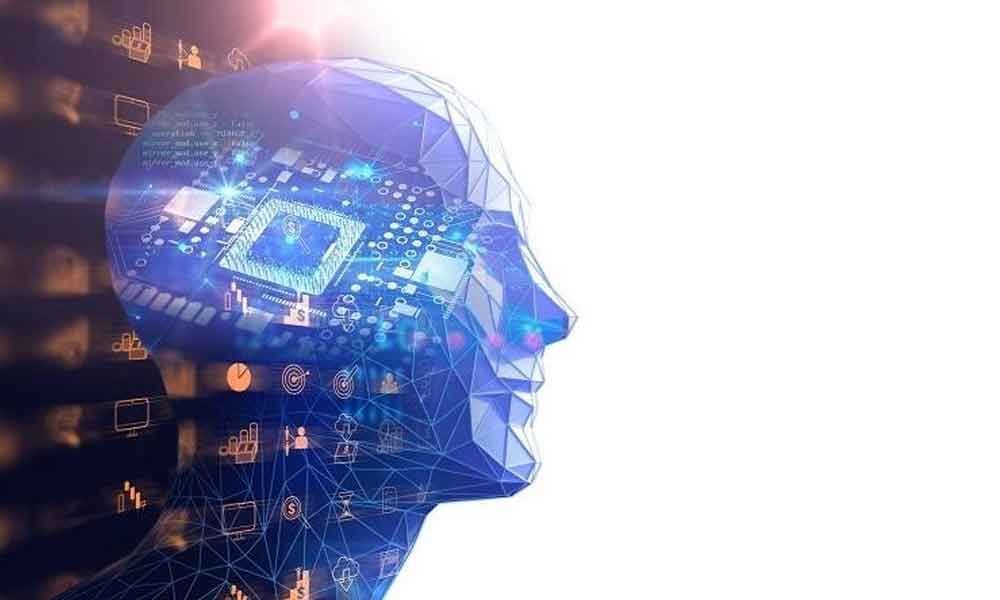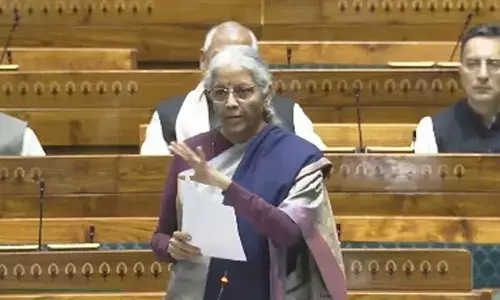AI can track neurons faster than humans

Scientists have developed an artificial intelligence (AI) based automated process that can track and map active neurons as accurately as humans can, in a fraction of the time.
Washington: Scientists have developed an artificial intelligence (AI) based automated process that can track and map active neurons as accurately as humans can, in a fraction of the time.
The technique, described in the journal Proceedings of the National Academy of Sciences, interprets video images, addressing a critical roadblock in neuron analysis.
It allows researchers to rapidly gather and process neuronal signals for real-time behavioral studies, said researchers at Duke University in the US.
To measure neural activity, researchers typically use a process known as two-photon calcium imaging, which allows them to record the activity of individual neurons in the brains of live animals.
These recordings enable researchers to track which neurons are firing, and how they potentially correspond to different behaviours. While these measurements are useful for behavioral studies, identifying individual neurons in the recordings is a painstaking process.
Currently, the most accurate method requires a human analyst to circle every 'spark' they see in the recording, often requiring them to stop and rewind the video until the targeted neurons are identified and saved.
To further complicate the process, investigators are often interested in identifying only a small subset of active neurons that overlap in different layers within the thousands of neurons that are imaged.
This process, called segmentation, is fussy and slow. A researcher can spend anywhere from four to 24 hours segmenting neurons in a 30-minute video recording, and that is assuming they are fully focused for the duration and do not take breaks to sleep, eat or use the bathroom.
In contrast, a new open source automated algorithm can accurately identify and segment neurons in minutes.
"As a critical step towards complete mapping of brain activity, we were tasked with the formidable challenge of developing a fast automated algorithm that is as accurate as humans for segmenting a variety of active neurons imaged under different experimental settings," said Sina Farsiu, an associate professor at Duke University.
"The data analysis bottleneck has existed in neuroscience for a long time -- data analysts have spent hours and hours processing minutes of data, but this algorithm can process a 30-minute video in 20 to 30 minutes," said Yiyang Gong, an assistant professor in Duke.














